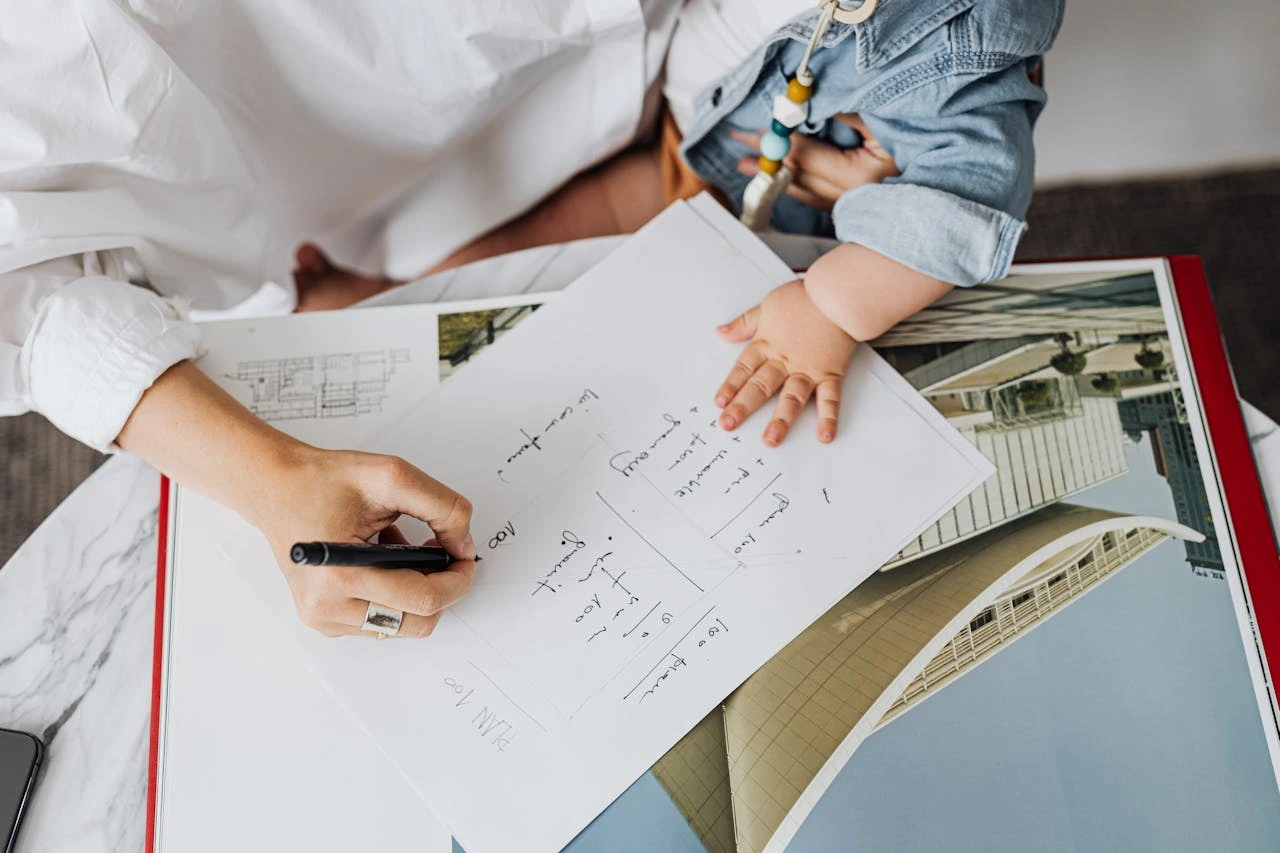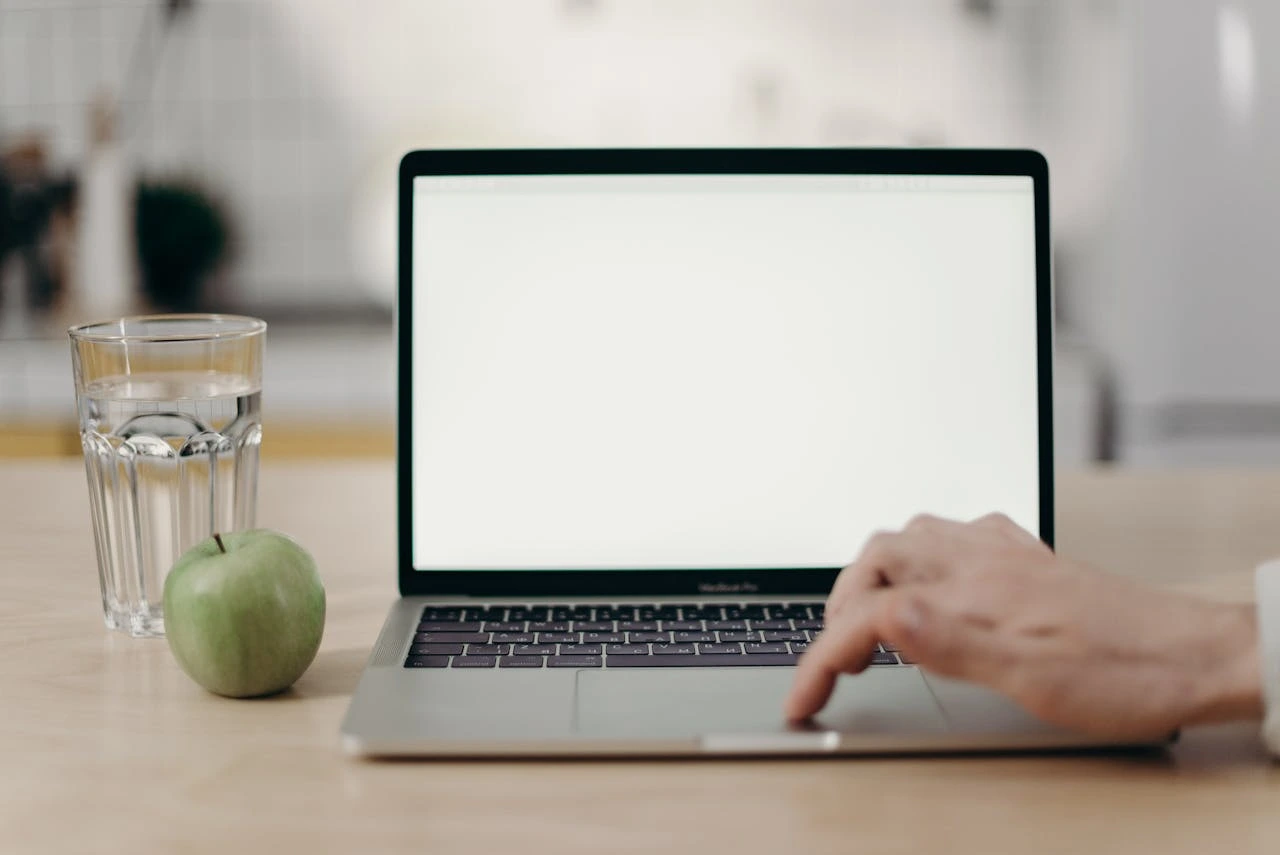Traffic is the new cubicle. The everyday grind through the streets of Cebu, Davao, Iloilo, Bacolod and other major cities in the country is more of a prelude, a pre-shift arena where time, thought, and mindset collide for millions of Filipinos. Imagine yourself in a slow-moving aquarium, where you can still select how you breathe, think, and behave even as the outside world becomes blurry and the pressure increase.
The commute doesn't have to be a passive drain. With intention and small financial hacks, from tracking spending to using a credit card that helps you manage expenses on-the-go, the stretch between home and office can become a launching pad for the day. Far from mere survival, it can be reclaimed as an extension of your productivity toolkit. Read on to see how office workers outside Metro Manila turn traffic hours into meaningful gains, and how you can too.

The Commute Reality Beyond Manila
Travel Times That Add Up
While Metro Manila often grabs headlines for gridlock, cities outside the capital are no strangers to prolonged commuting. In Davao, for example, drivers reportedly take nearly 33 minutes just to cover 10 kilometers during peak hours, costing each commuter an average of 136 lost hours per year just in travel delay. Davao Today
Further, Davao was ranked in 2024 as the third most congested city globally and among the slowest in its downtown traffic zones. Davao Today
Cebu too experiences its share of snarls. Cebuanos are encouraged to map alternate routes, combine trips, and find distractions to ease the burden of waiting in lines or stuck behind buses. Cebu Insights
These delays are more than idle minutes. Multiply them across weeks and months, and they become a silent tax on your time.
Public vs. Private: Different Stressors
Commuting by public transit in these cities means braving crowded jeepneys, long waits under heat, uncertain routes, transfers, and occasional delays. For those driving or riding private vehicles, the stress comes in the form of bumper-to-bumper traffic, unpredictable side streets, and fuel consumption—plus the pressure of finding parking.
In either mode, research shows that longer commute durations are correlated with reduced performance at work, negative mood upon arrival, and higher burnout risk. ResearchGate
The Emotional Toll: Burnout Before Work
It’s not just physical exhaustion. Psychological studies show that commuting stress can preemptively drain patience, degrade attention, and spike anxiety before the workday even begins.
One Reddit commenter captures the sentiment of many in Davao:
“I find it very depressing … passengers waiting, especially in the Matina area … they’re practically ready to fight.” Reddit
In short: by the time you arrive at your desk, part of your mental bandwidth is already spent.
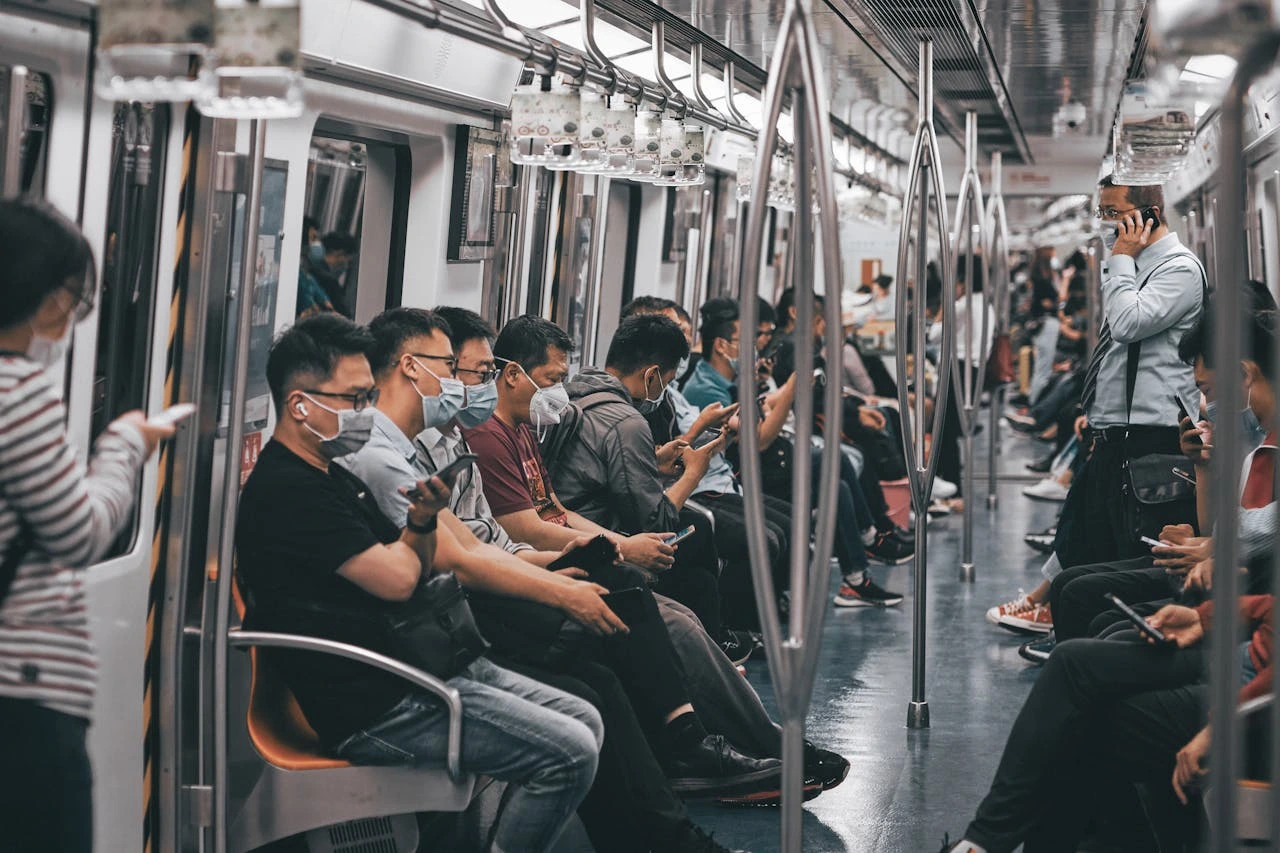
Turning Transit Time Into Productivity Time
Rather than treating your commute as dead space, here are tactics to turn it into an active stretch of your day.
1. Audio Enrichment
- Listen to audiobooks or podcasts on industry trends or personal development.
- Use language-learning apps like Duolingo or Babbel for short bursts.
- Try mindfulness or guided meditation sessions (10–15 min) to reset and prep your mind.
2. Work Prep & Review
- Review your to-do list or meeting agenda for the day ahead.
- Use note-taking apps or voice memos to brainstorm ideas or sketch outlines.
- Plan the top three priorities you’ll push once you arrive.
3. Micro-Breaks to Reduce Fatigue
- Pause every 10–15 minutes (even if just mentally) to take deep breaths.
- Do neck rolls or shoulder loosening stretches (safe to do when seated).
- Use short stretches of silence to recalibrate your focus.
These small rituals help split the commute into structured intervals, keeping energy from draining entirely before you even start work.

Micro-Habits for Work Efficiency
To make the most of that commute-to-desk flow, embed micro-habits that carry momentum.
Morning Cues That Signal “Work Mode”
- Play a productivity playlist or ambient tracks as you step out the door.
- Stick to a minimal “office prep ritual”—say, sipping coffee or tea while reading a 5-bullet summary of the day.
- Use visual cues, such as a dedicated commute-ready bag or folder, to mentally bridge home to work.
Schedule Deep Work During Quiet Windows
Once in the office (or once things quiet down), reserve your “deep work” time, uninterrupted blocks for high-focus tasks. The commute helped prime the brain; now let it lean into the work that counts.
Avoid scheduling creative or intensive tasks during peak traffic times unless absolutely necessary.
Avoid Digital Overload During Rush Hour
It can be tempting to scroll endlessly through social media, but that often leaves you more drained. Try setting strict time limits or using focus apps to restrict nonproductive usage during travel. This preserves your mental reserves.
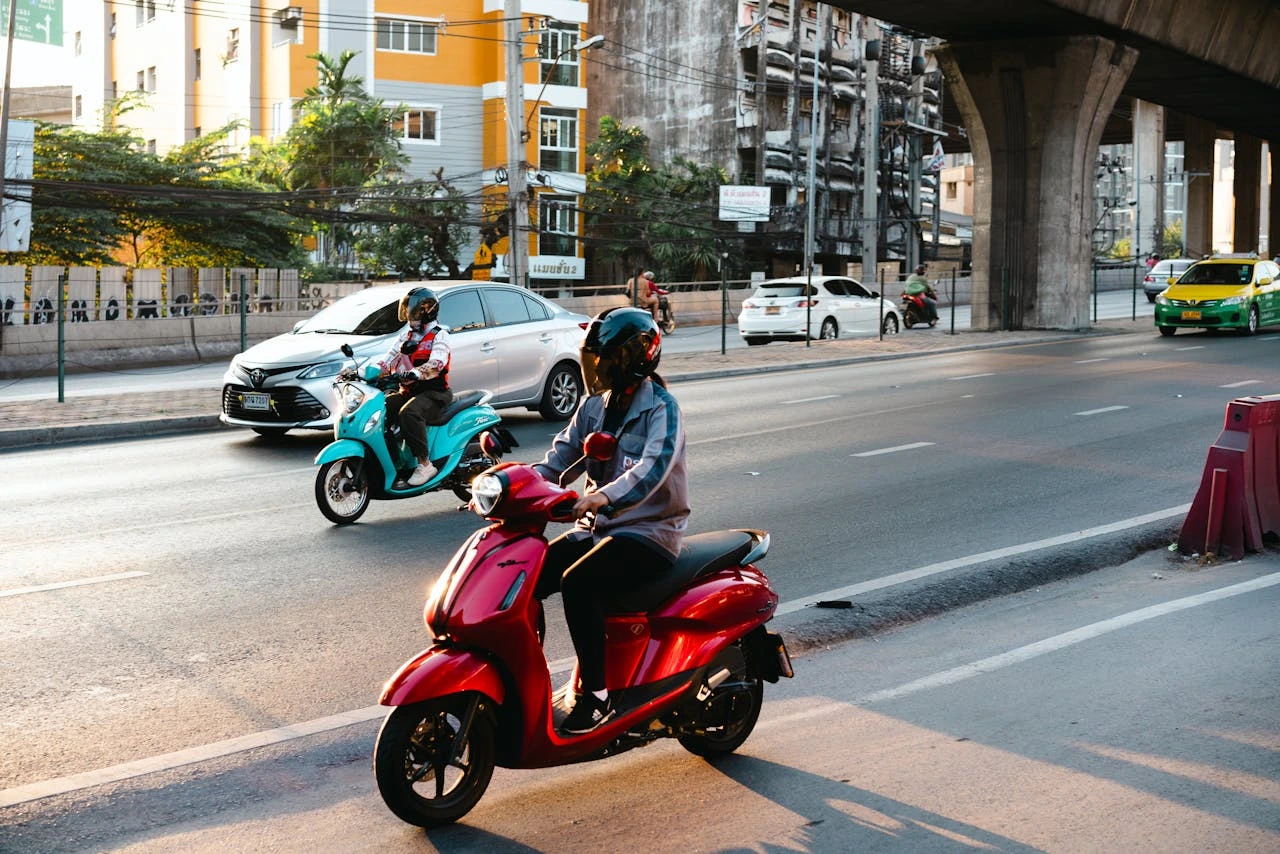
Financial Side of Productivity
Optimizing your commute doesn’t only help your output, it can also reduce hidden costs.
Wasted Hours Cost Money
Unproductive time delays deadlines, invites mistakes, and diminishes your problem-solving capacity. Over time, those performance dips can translate to missed opportunities, overtime, or burnout.
Smart Investments in Comfort & Efficiency
- Noise-canceling or high-quality earphones can make listening easier and block out stress noise.
- Comfortable footwear or ergonomic neck support cushions reduce physical strain.
- E-bikes or electric scooters can offer faster short-route alternatives (if safe and permissible).
- Carpooling or ridesharing — splitting expenses and saving mental bandwidth.
- Choosing co-working spaces near your home or along your route so you commute into work rather than across it.
Put simply: spending a modest amount on tools or alternate modes can yield returns in time saved, reduced fatigue, and improved output.

Time Management Tricks for Employees Who Commute Daily

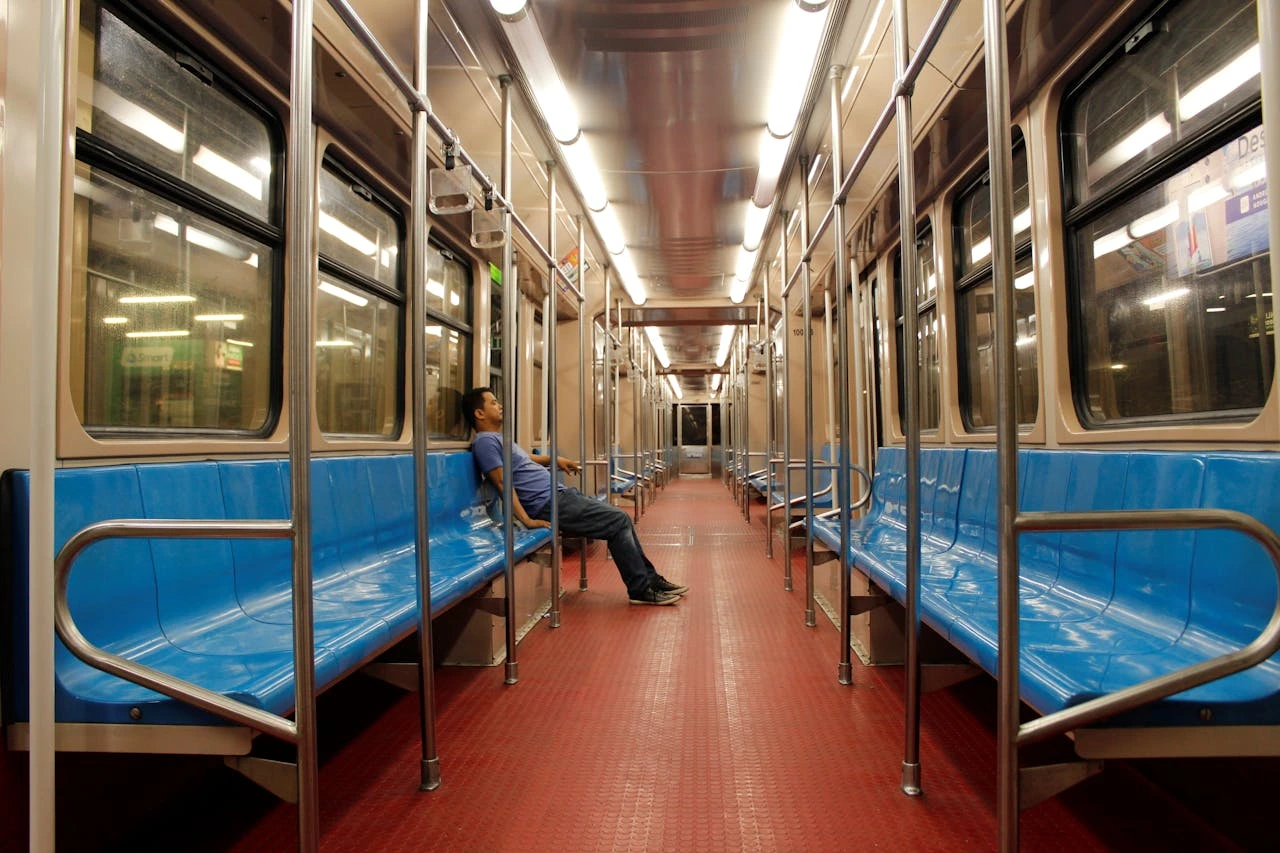
Conclusion
You can’t eliminate traffic, but you can reframe it. Productivity isn’t about squeezing every second, but about reclaiming the hours you already have. By turning your commute into a mini-work session—through audio enrichment, micro-routines, and intentional planning—you recast that stretch of time as an ally rather than an adversary.
In cities like Davao, Cebu, Iloilo, or Bacolod, commuting wisely is a way to “earn time back” without leaving your city limits. And for those managing finances and work-life balance, tools like Finmerkado can help you stay financially organized and stress-free as you optimize your day. (Yes, your commute can help fuel smarter financial habits too.)
References
- Davao’s traffic congestion and commuter delays data Davao Today
- Correlation between commuting and productivity effects ResearchGate+1
- Tips for Cebu commuters Cebu Insights
- Reddit comment reflecting commuter sentiment in Davao Reddit
- Studies on commute–stress relationships IJRPR+2ResearchGate+2
Frequently Asked Questions
Yes. Studies show that longer commutes correlate with lower job performance, higher stress, and mood penalties upon arrival.
Language apps (Duolingo, Memrise), podcast platforms (Spotify, Pocket Casts), note-taking (Evernote, Notion), and mindfulness (Headspace, Calm) are commonly used.
Yes, especially when driving. The methods here are safer for passengers or for those using public transport — audio-based, low-effort tasks. Always prioritize safety.
Anchor your momentum into scheduled “deep work” blocks, take breaks, and avoid digital drain. Let the commute prime the brain, not exhaust it.
Keep a modular approach: maintain a “ready-for-anything” mindset. Use small consistent rituals (breathing, review, playlist) regardless of the route. And always have backup tasks (short audio, light reading) you can start anytime.
HSBC Platinum Visa Rebate
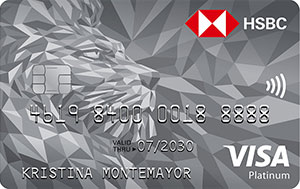
Robinsons Bank Credit Card
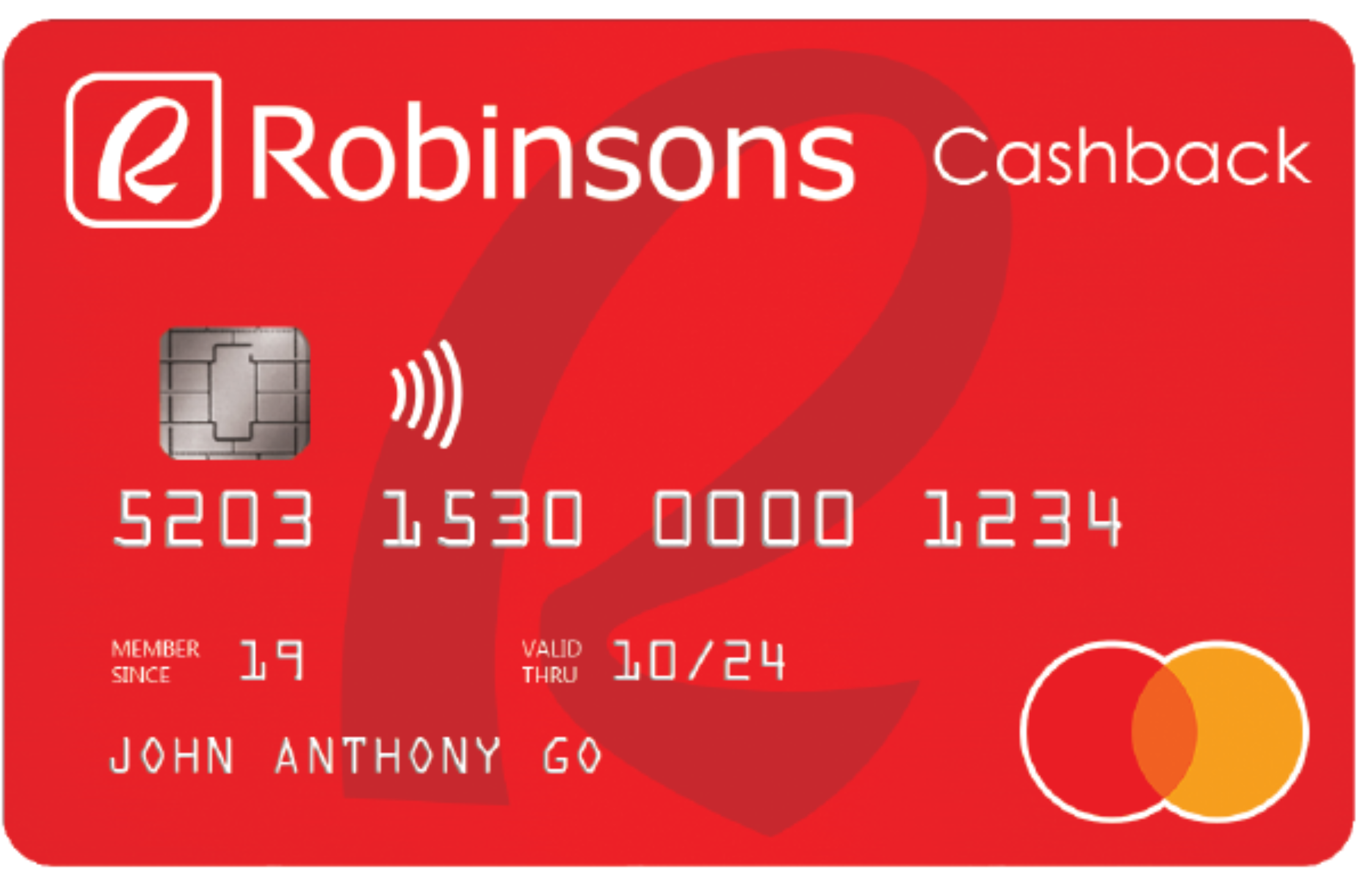
-
Metrobank Cashback Card

- Earn 5% cash rebates on groceries, telecom, school, and bookstore spend
- Receive 0.2% cash rebate on all other purchases
- Save up to ₱12,000 annually with rebates
- No annual fee for the first year
- Ideal for shoppers maximizing savings on everyday essentials
BDO Unibank Personal Loan
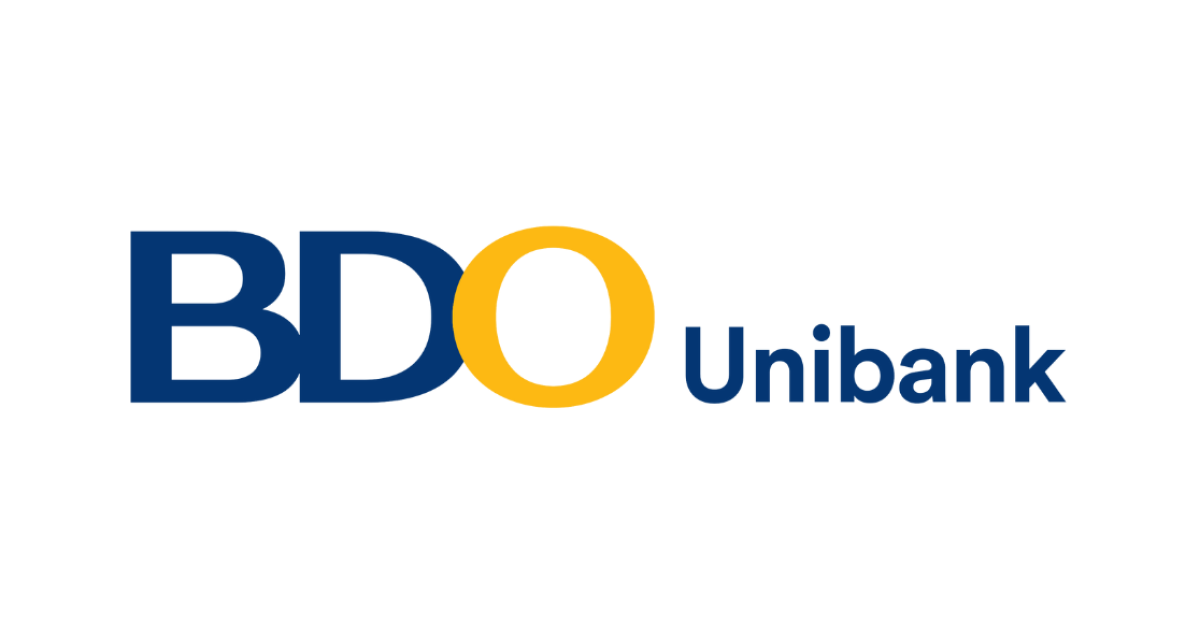
BDO Unibank’s Personal Loan offers unsecured financing of up to ₱2 million with a fully digital or branch-assisted application process. It’s an accessible cash option for immediate needs like debt consolidation, travel, events, and other lifestyle expenses. With competitive rates starting at 0.98% monthly add-on and flexible repayment up to 36 months, it’s a solid choice for salaried and self-employed individuals.
BPI Personal Loan
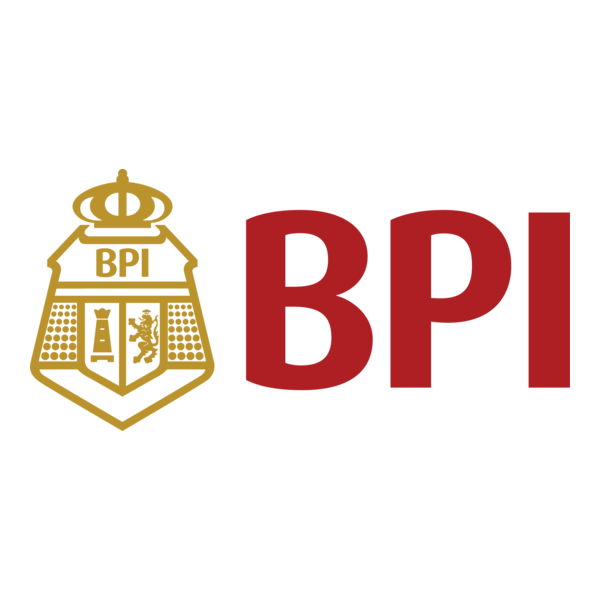
Need a cash boost for life’s big moments or unexpected emergencies? The BPI Personal Loan offers a reliable and flexible solution—whether you’re funding a small business, covering tuition, or consolidating debt. With competitive rates, fixed monthly payments, and a fast approval process, this loan is designed to fit your goals and your lifestyle. No collateral required, just straightforward access to funds when you need them most.
PNB Personal Loan
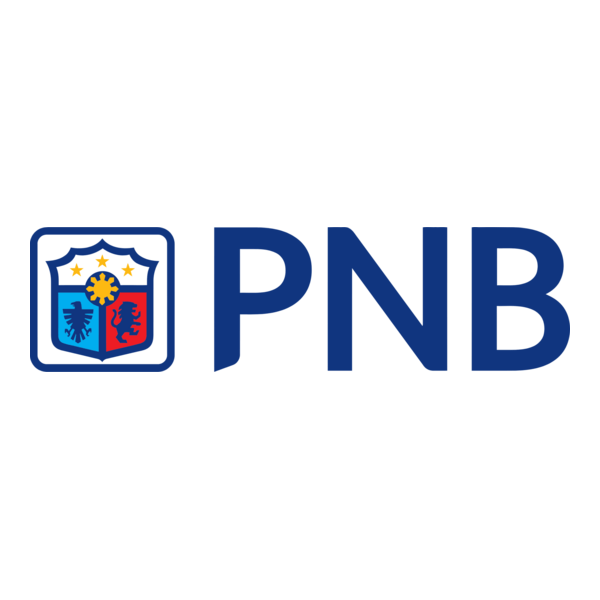
The PNB Personal Loan offers unsecured, flexible financing of up to ₱2 million with low introductory add‑on interest rates starting at around 1% monthly. This translates into a starting APR around 12%, though actual rates can vary depending on borrower risk profile and loan tenure. With repayment terms from 3 to 60 months, it’s ideal for personal goals such as renovation, events, education, or debt consolidation. Fully digital or branch‑assisted application options make it accessible and convenient.





